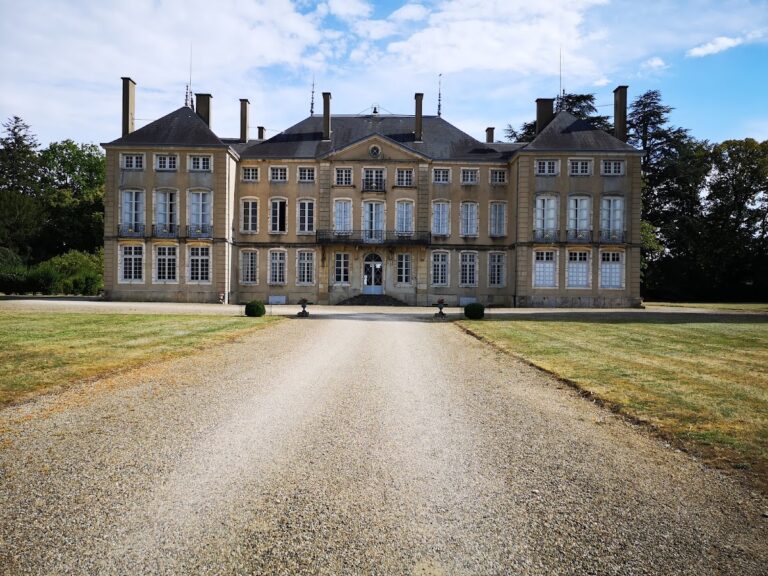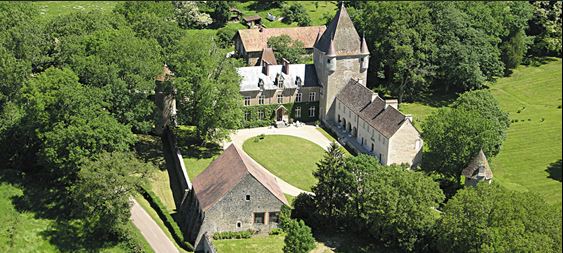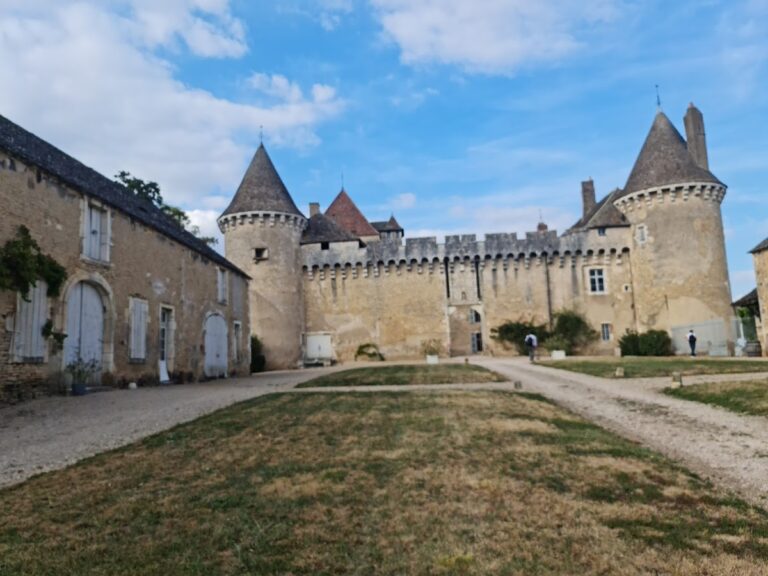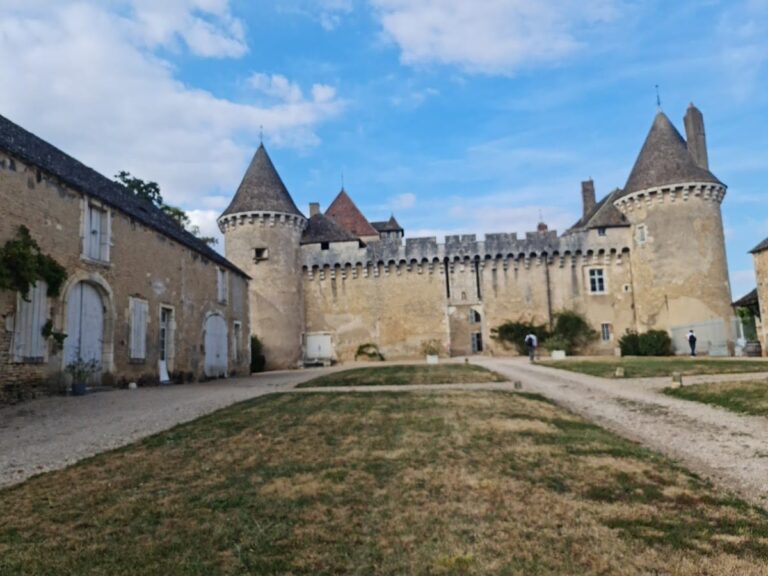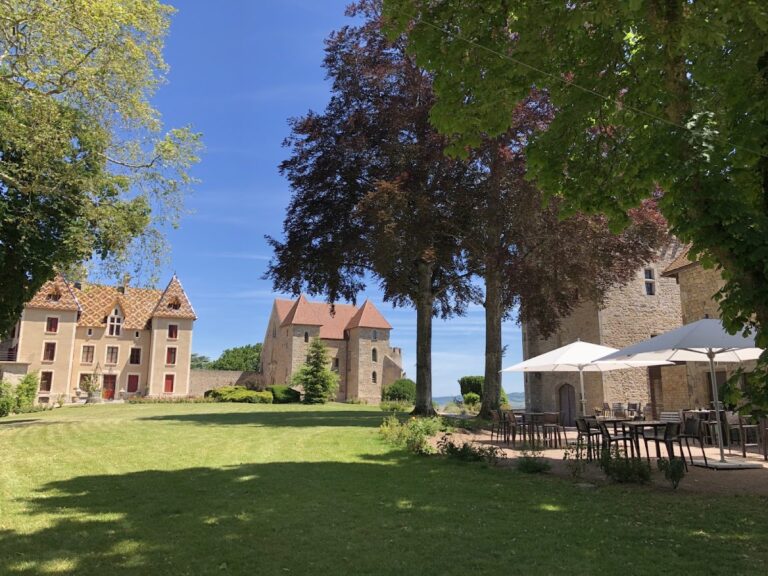Château de Monthelie: A Historic Vineyard Estate in Burgundy, France
Visitor Information
Google Rating: 4.8
Popularity: Very Low
Google Maps: View on Google Maps
Official Website: www.domainedesuremain.com
Country: France
Civilization: Unclassified
Remains: Military
History
The Château de Monthelie is located in the municipality of Monthelie, France. Its origins trace back to the 16th century when the first construction of the château took place.
From the 10th century until the 15th century, the estate, including its vineyard, was under the jurisdiction of the Abbey of Cluny. This long period of monastic oversight began with a donation made in 1078 by Duke Hugues I of Burgundy, placing the land and its resources within the religious and economic influence of one of medieval Europe’s most important abbeys.
In the early 18th century, the seigneurie of Monthelie changed hands when François Fromageot acquired it in 1722. His daughter Jeanne married François Brunet d’Antheuil, who in 1746 undertook major reconstruction of the château, giving it much of its present form. This period marked significant development under the Brunet d’Antheuil family.
Ownership of the estate has largely remained within connected families through the centuries. The Brunet de Monthelie lineage maintained control for approximately 150 years. Beginning in 1903, the Suremain family took over stewardship. Successive generations, including Albert, Robert, Bernard, Henry, and Éric de Suremain, have managed the property into modern times. Throughout these successive inheritances, the estate has continued to function as both a noble residence and a working vineyard.
In recognition of its historical and cultural value, the château was officially designated a French historic monument on March 24, 1988. This status reflects its architectural preservation and the significance of its longstanding role in the region’s wine heritage.
Remains
The Château de Monthelie is a two-story structure characterized by its prominent tall tower and an external staircase that leads up to the main entrance. Constructed with local materials using traditional techniques, the building exhibits architectural features typical of the Burgundy region.
One of the château’s notable exterior attributes is its roof, which is covered in glazed tiles designed in the distinctive Burgundy style. This colorful tilework contributes to the building’s historic character and connects it visually to other regional structures.
Inside, the château preserves furnishings dating back to the 18th century, particularly in the dining room, maintaining an authentic atmosphere from the era of its significant reconstruction. These interior elements provide insight into the residential style and tastes of the original owners following the mid-18th-century renovations.
The château is set within an estate that includes roughly ten hectares of vineyards. These vineyards have been carefully cultivated since 1996 following biodynamic farming practices, a method that emphasizes ecological harmony. The vineyard parcels produce varieties such as Pinot Noir and Chardonnay, with classifications encompassing Monthelie Village, Monthelie Premier Cru, and Rully Premier Cru appellations. The château and its vineyard together form a continuous historic domain.
The overall preservation of the château is sufficient to uphold its listed status as a monument historique. Structural integrity remains stable, supporting its ongoing role as a historic landmark integrated within the surrounding vineyard landscape along the celebrated route des Grands Crus in the Burgundy wine region.



